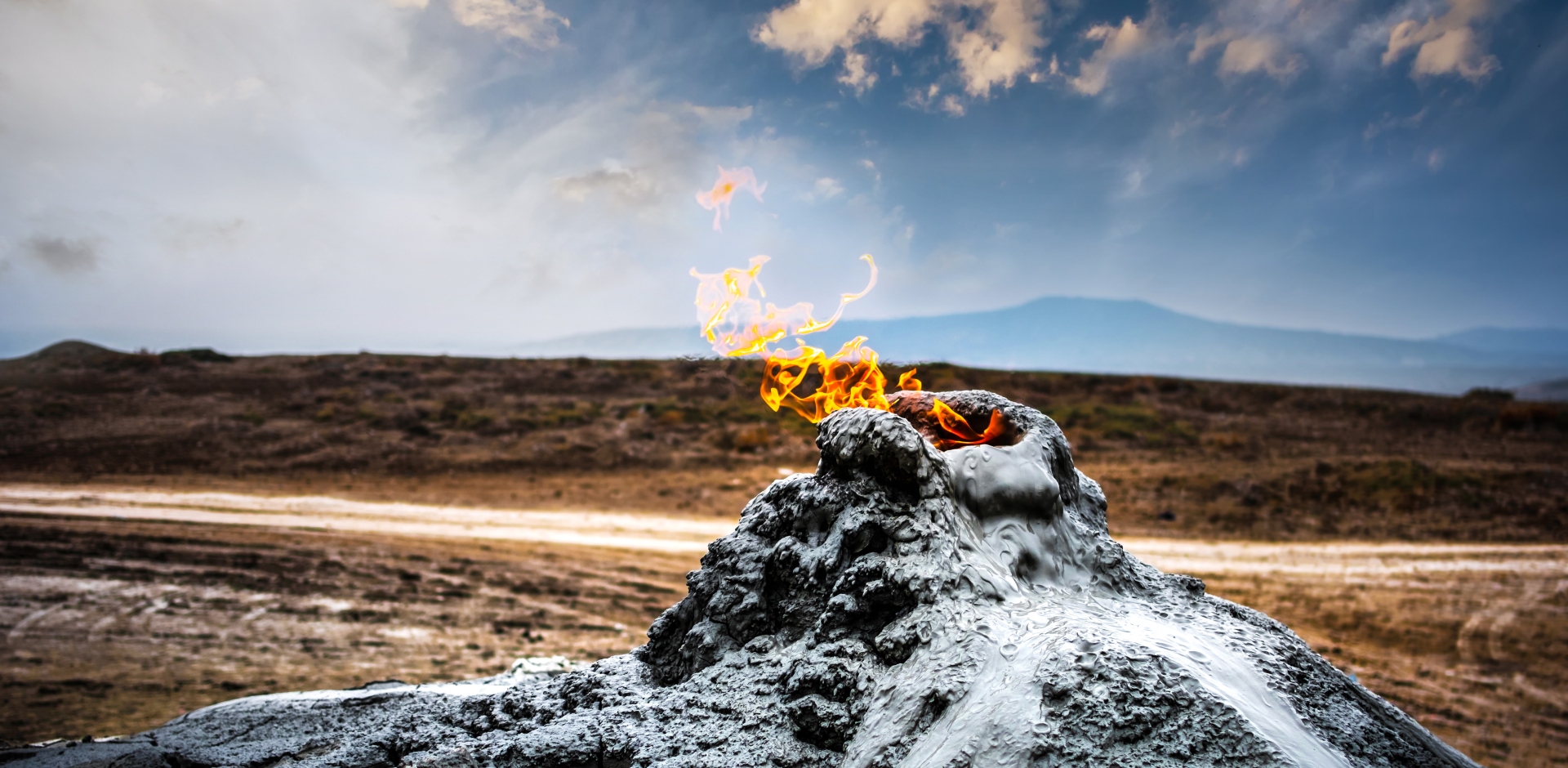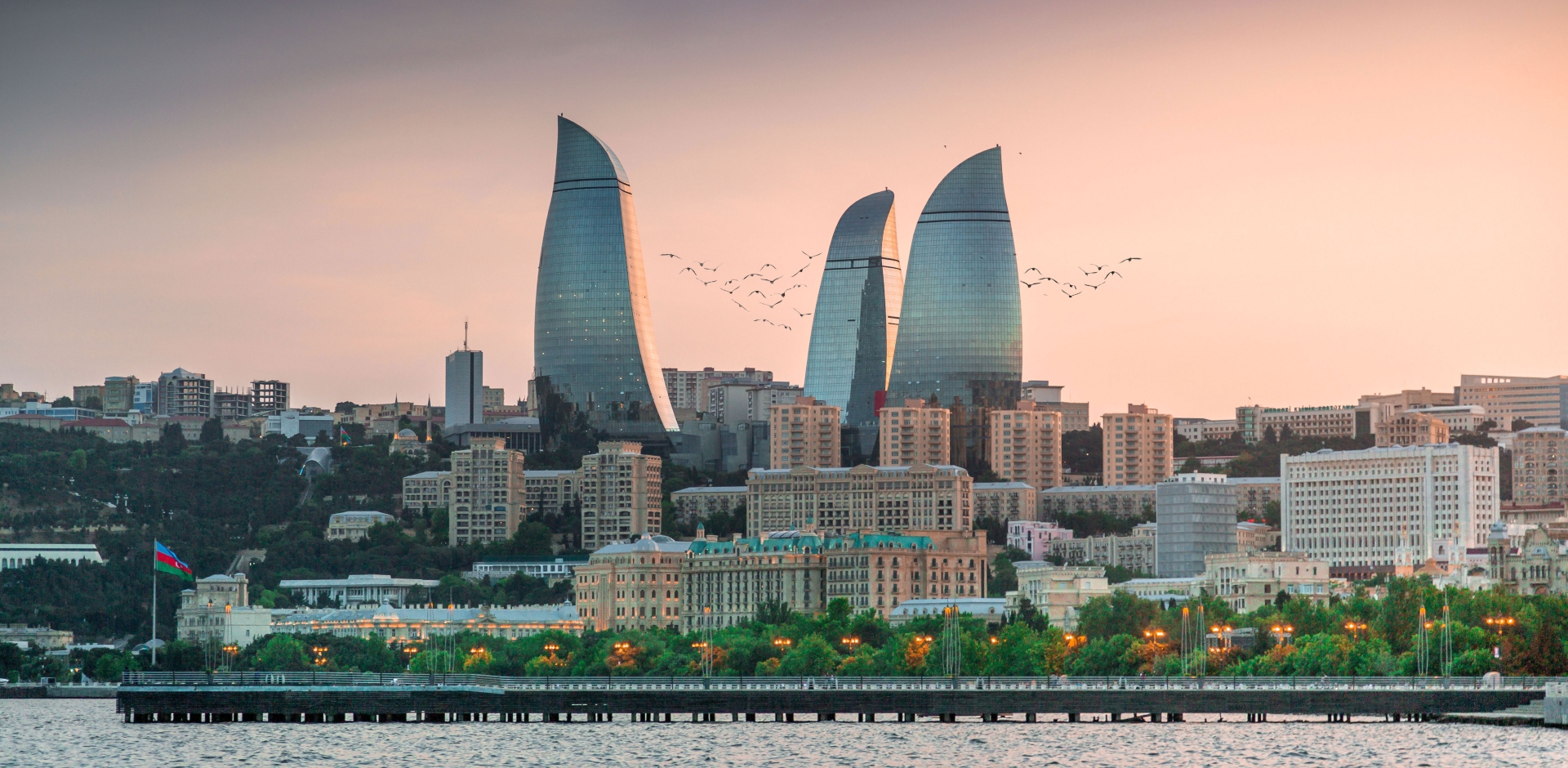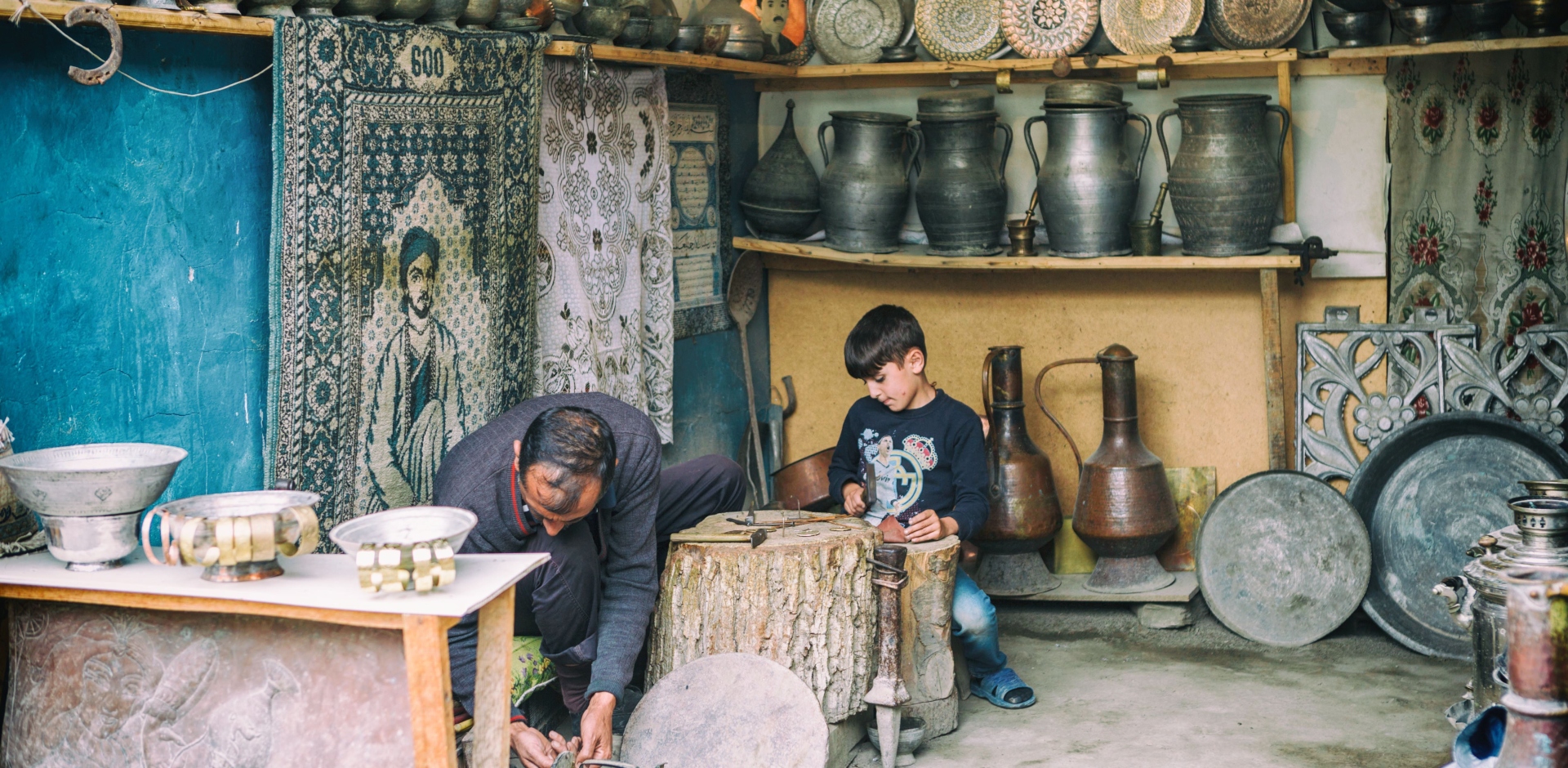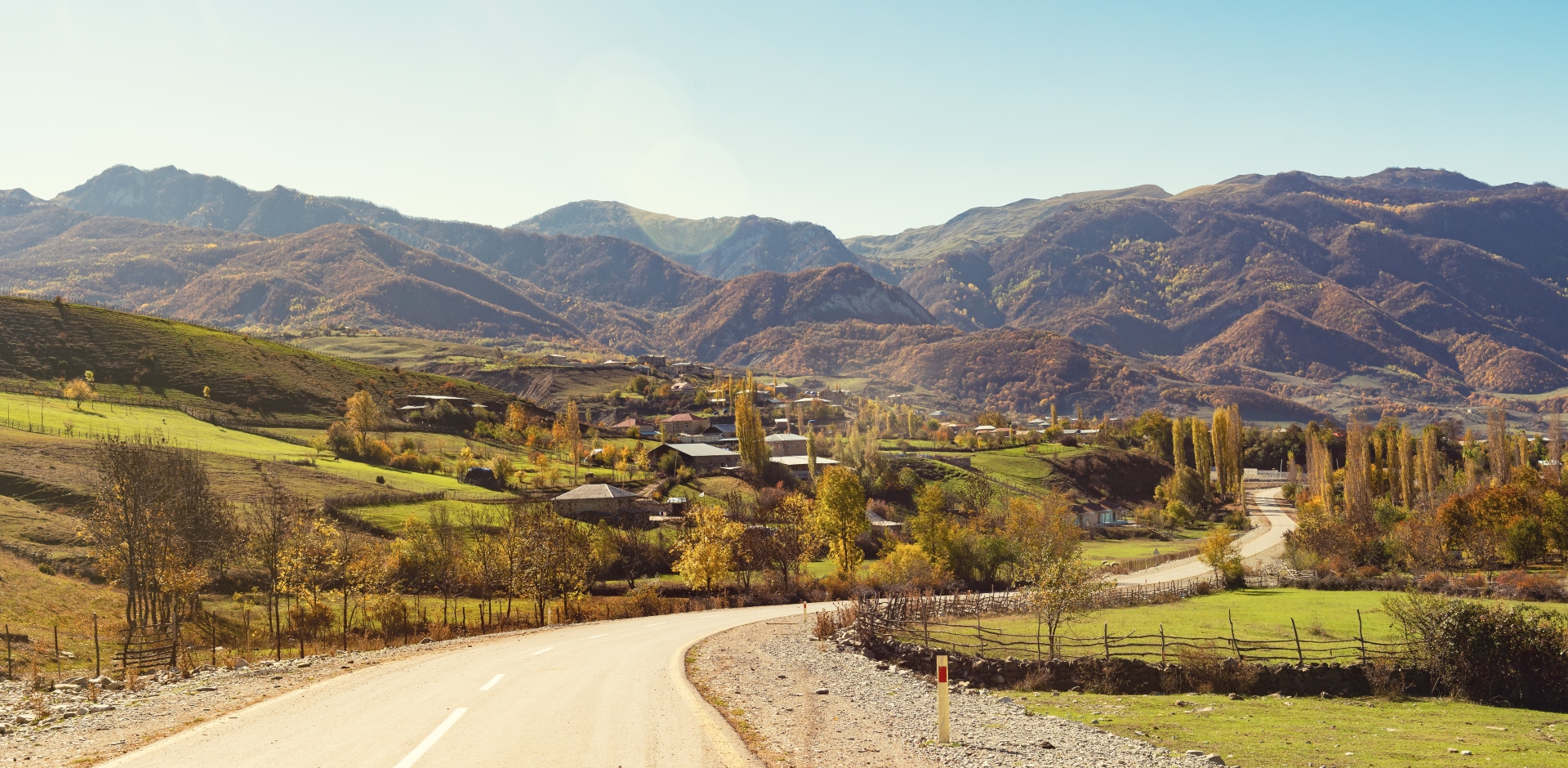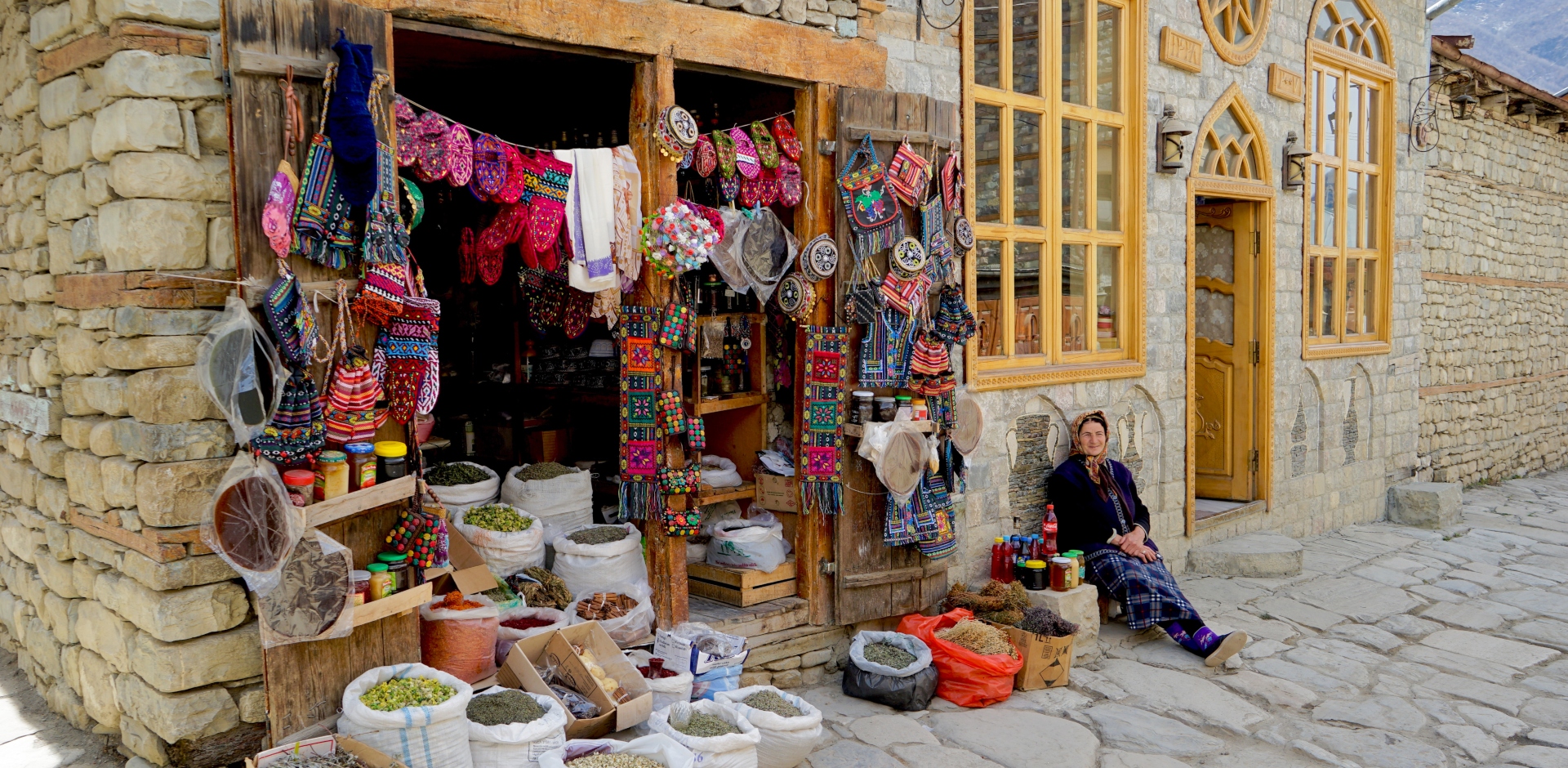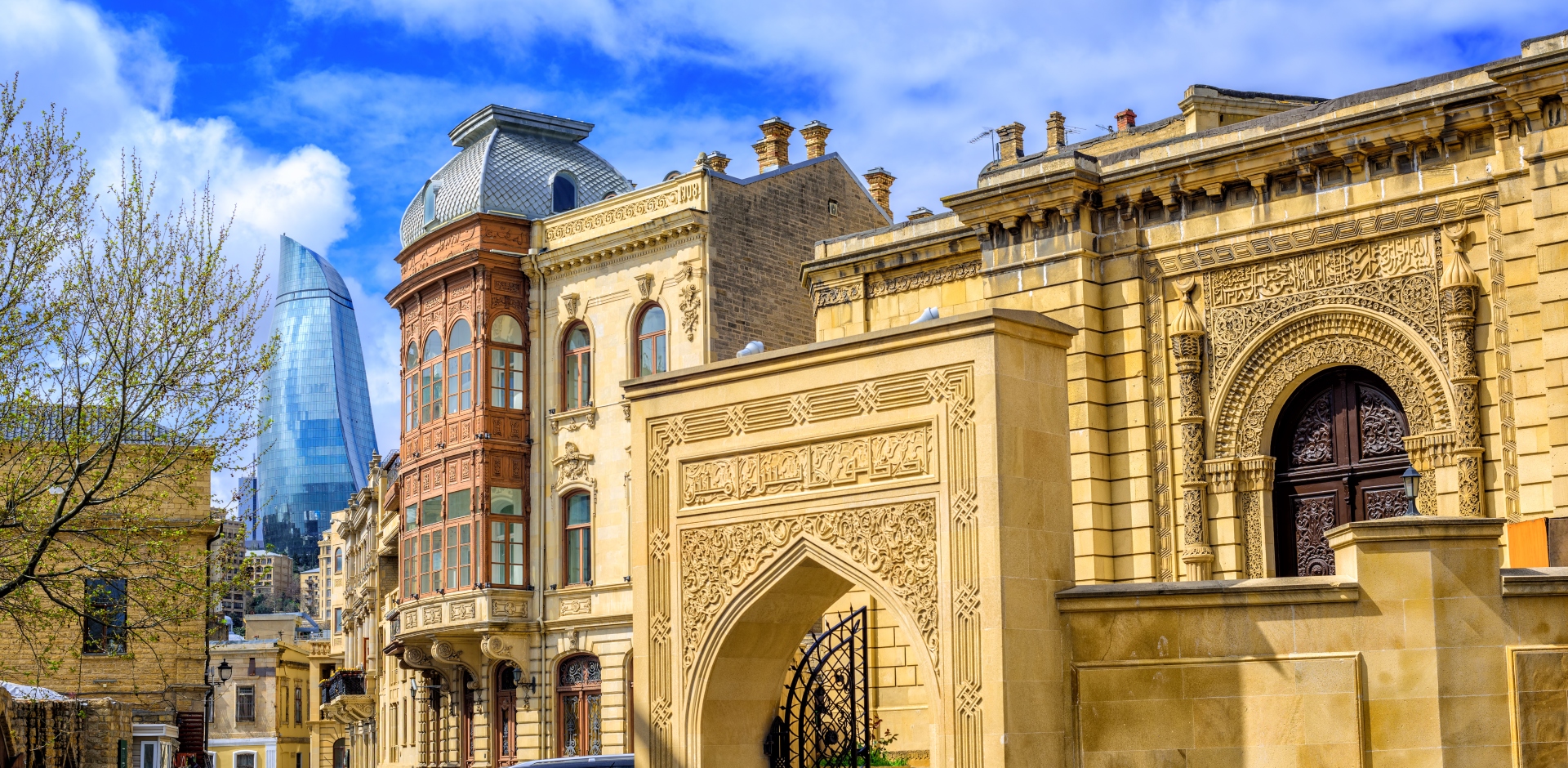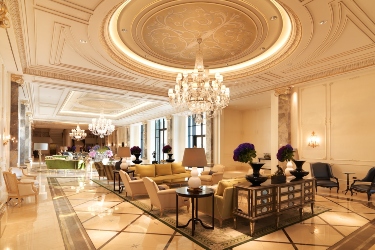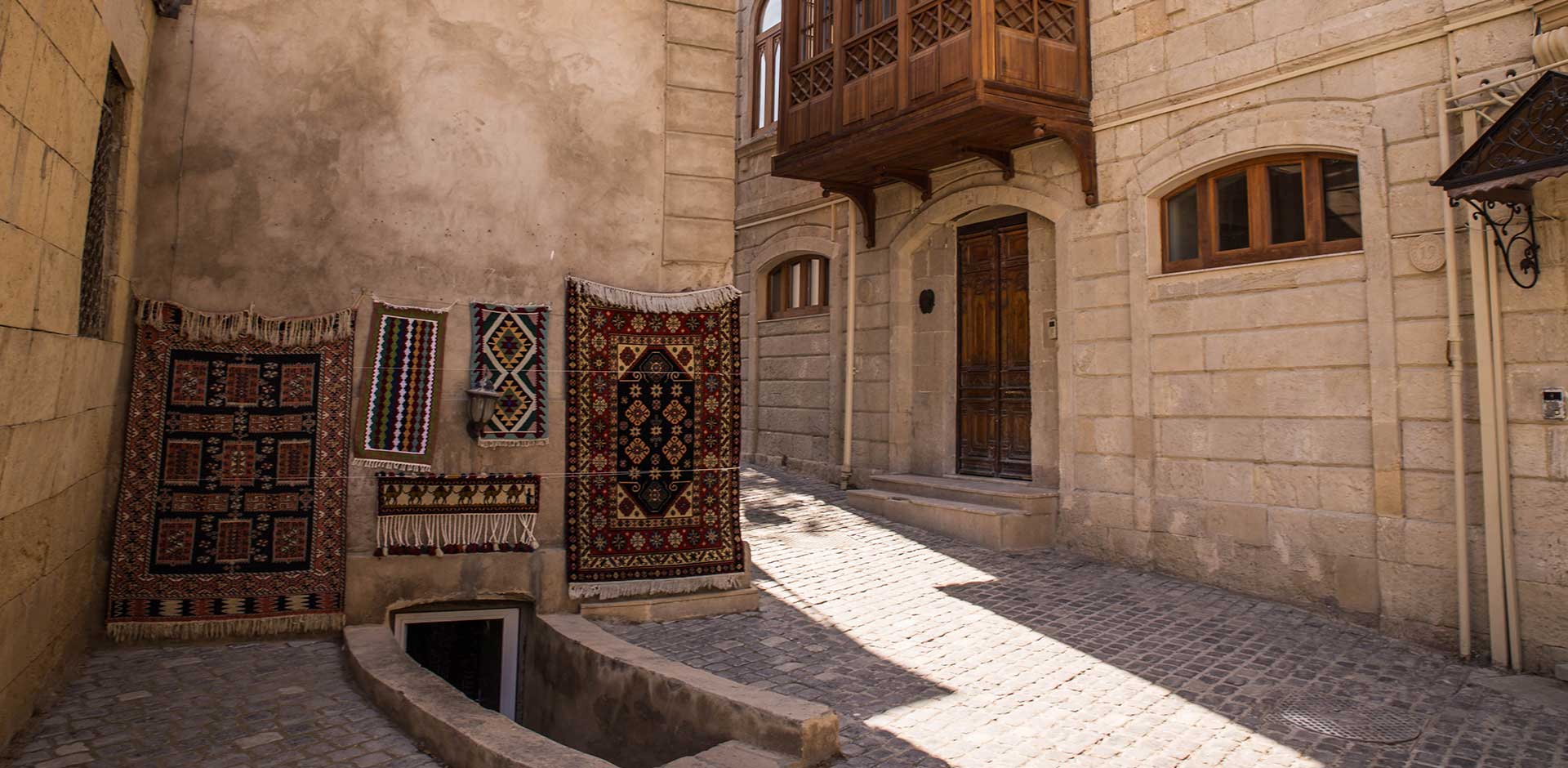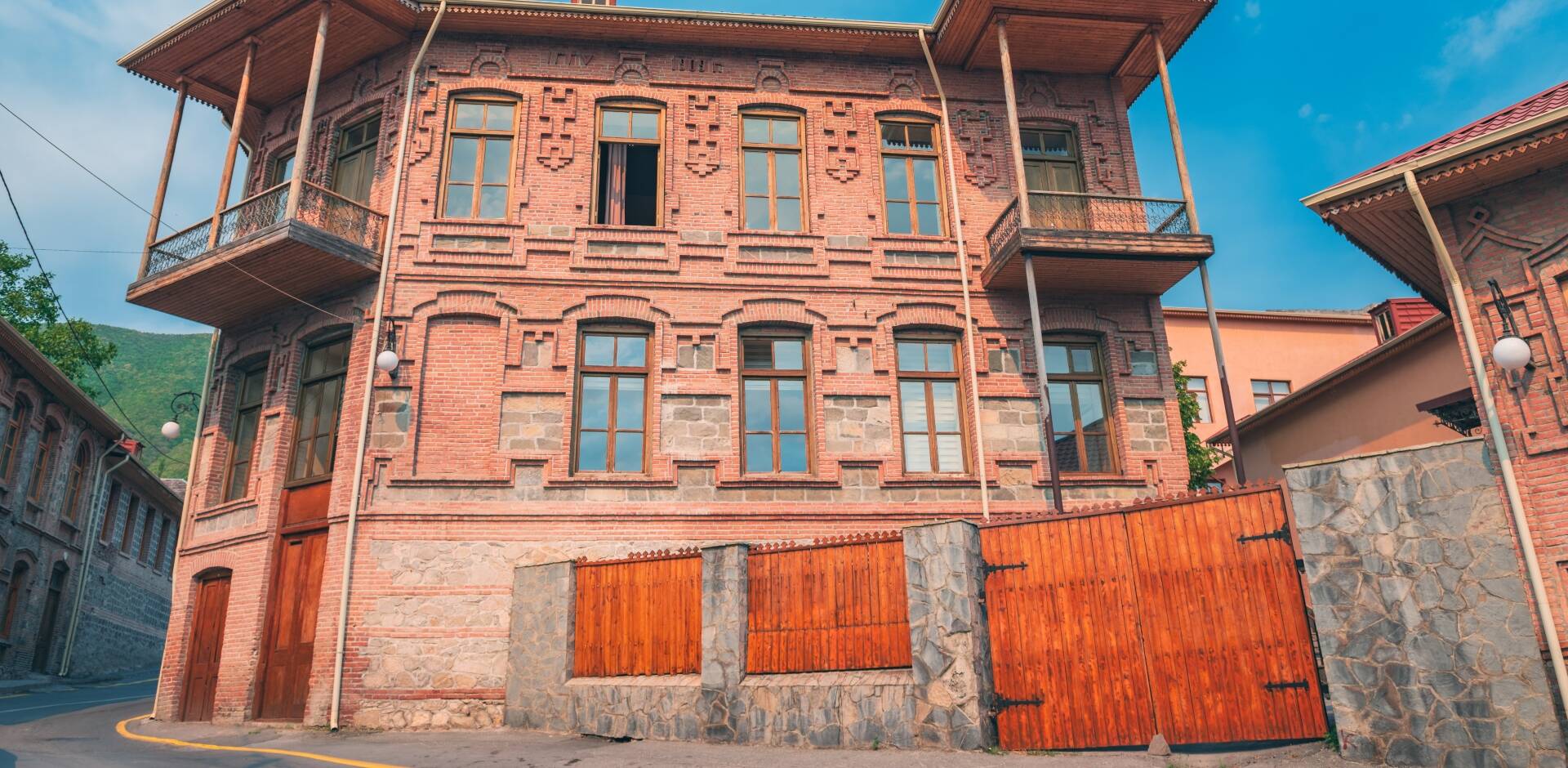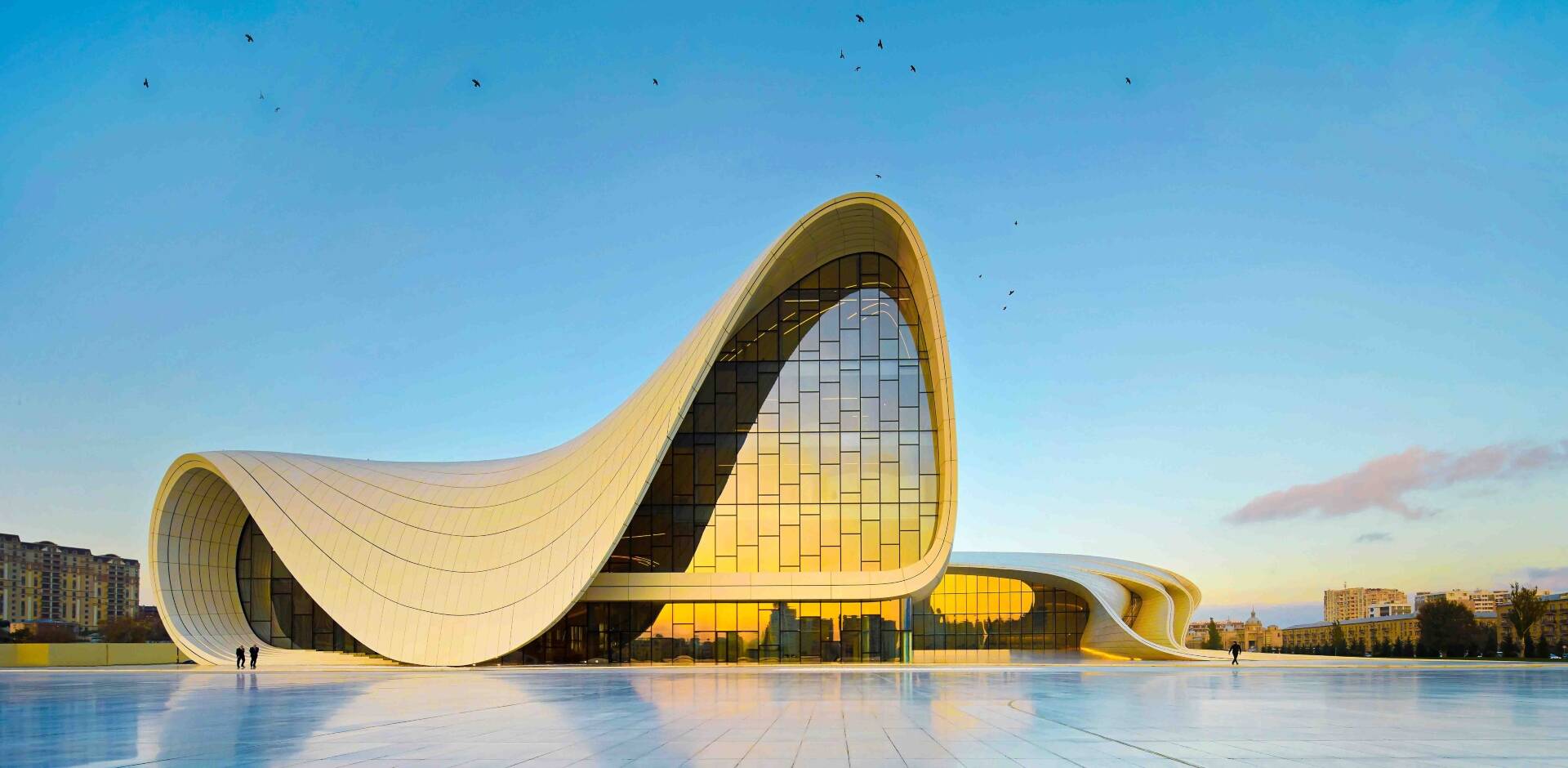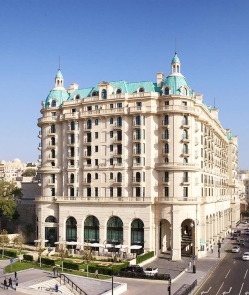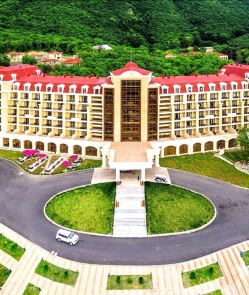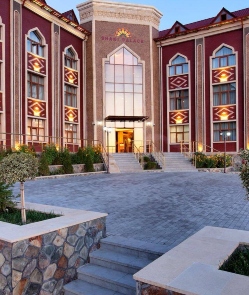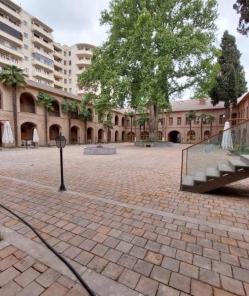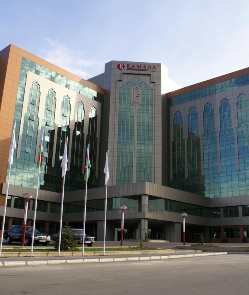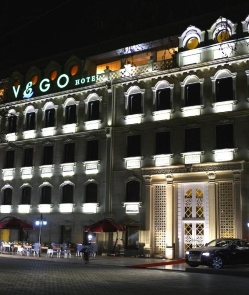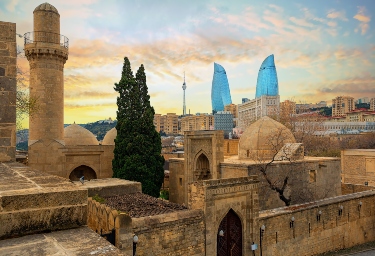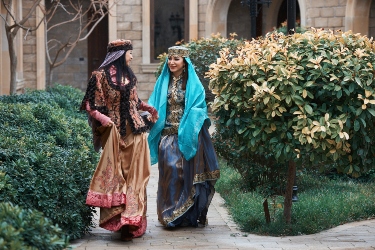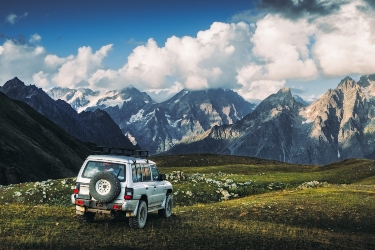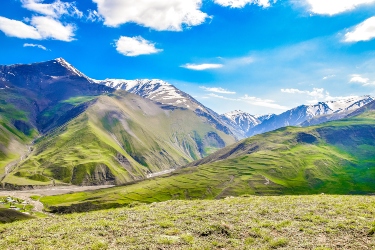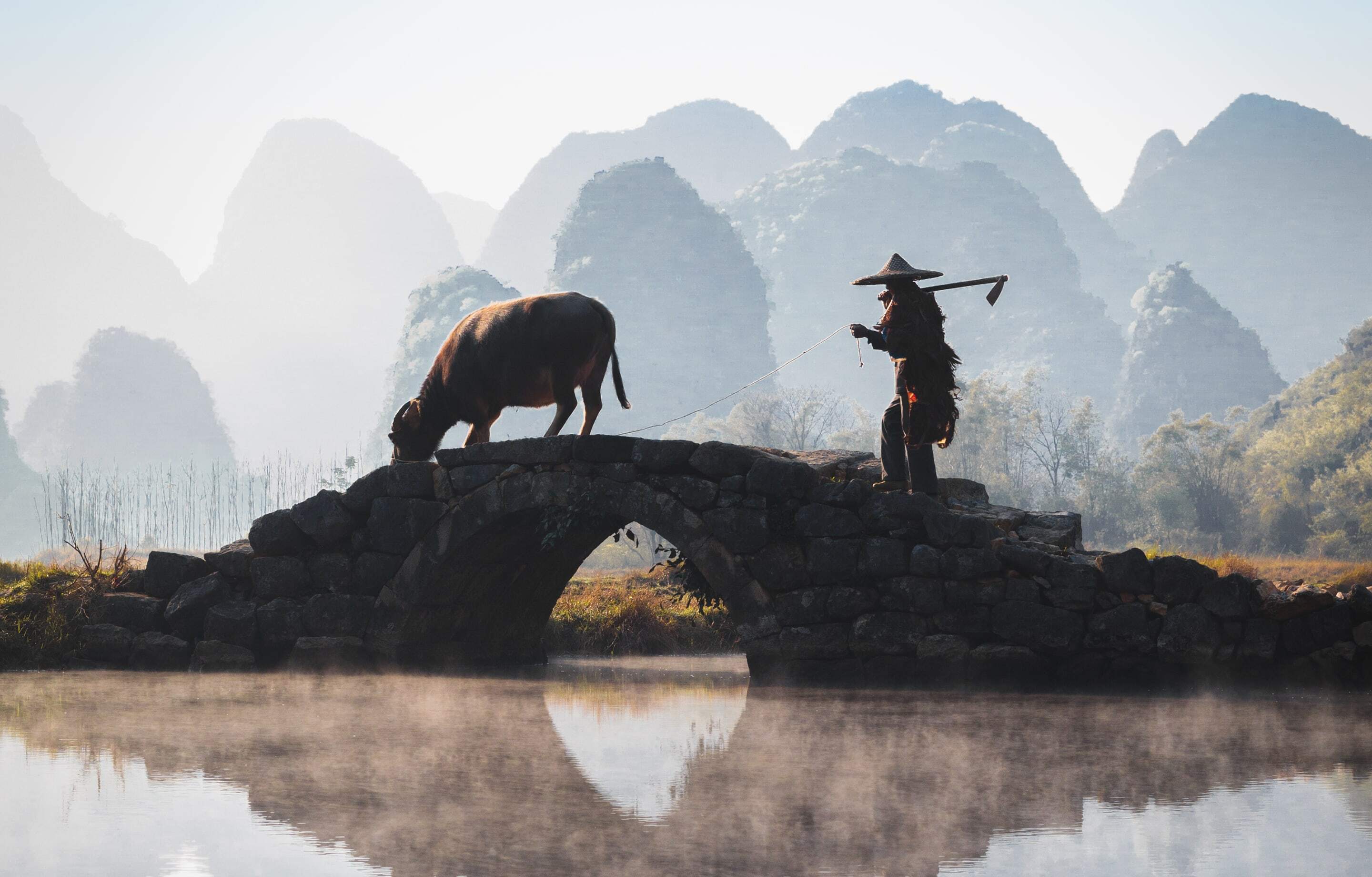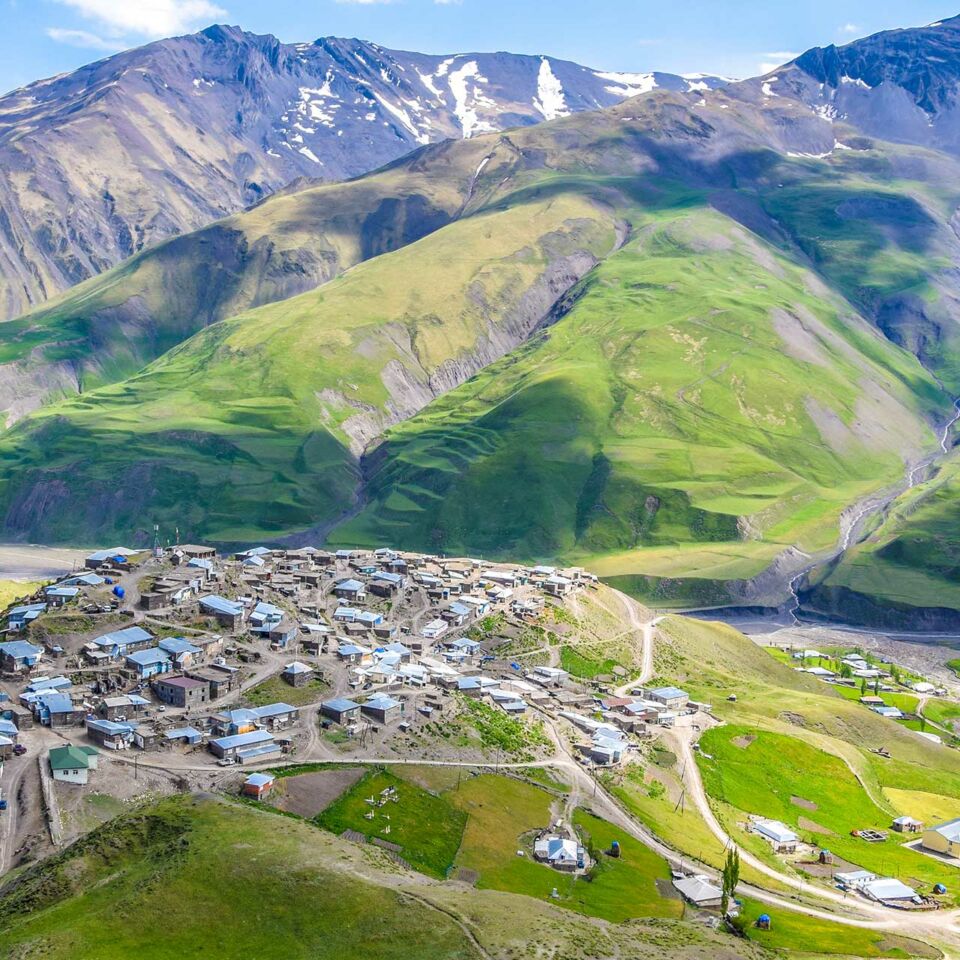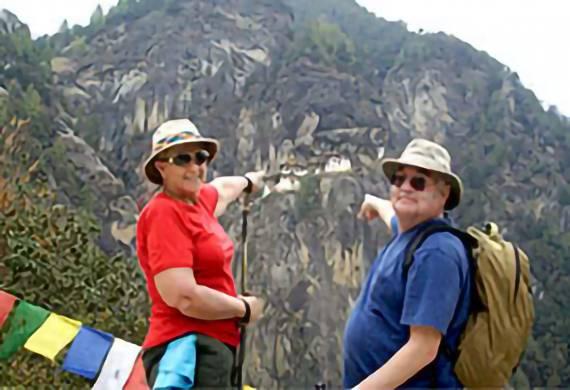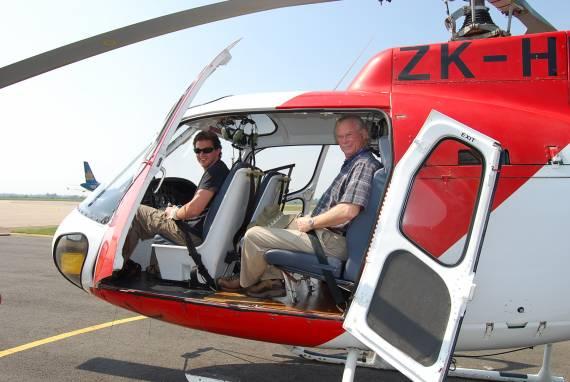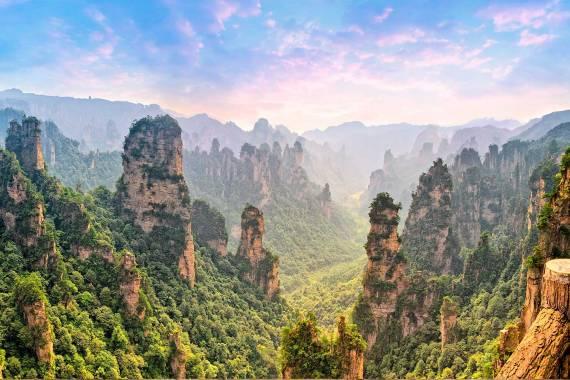Hospitality: Four Season’s signature hospitality and personal service makes the brand one of the world’s premier luxury hospitality companies, and its Baku property well exemplifies this ethos, making a stay here all the more memorable.
Location: The waterfront property is well situated just steps away from the boardwalk, Inner city, and other points of interest in the city, making it convenient for guests to easily explore the city as well as enjoy views of the Caspian Sea from their rooms.
Design: As its architect’s vision, the Four Seasons Baku is ‘a magnificent classical building clad in cream-toned limestone from the local mountains, topped by a copper roof.’ The elegant French Beaux-Arts style and neutral color palette befits a top luxury hotel in a capital city anywhere.
